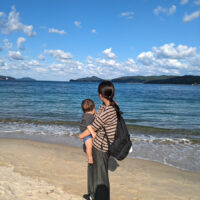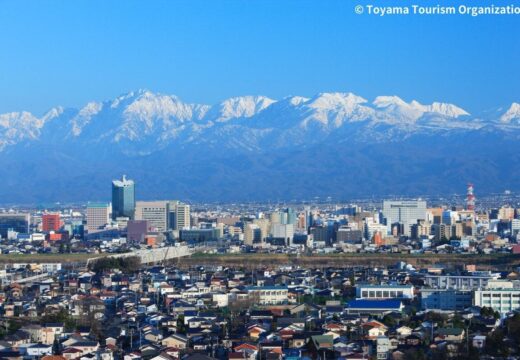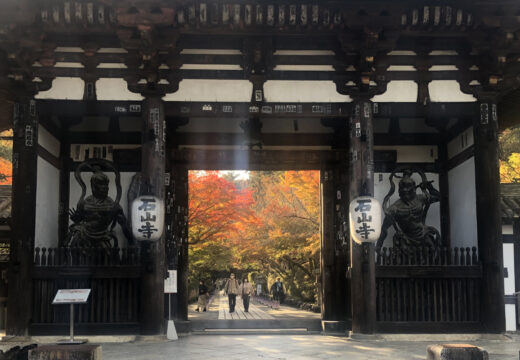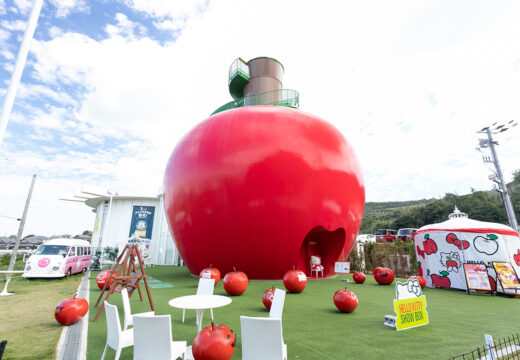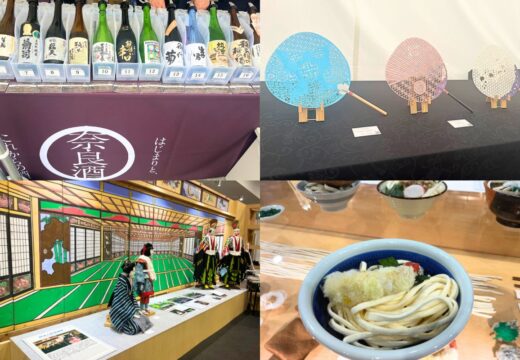Kishiwada City, Osaka Prefecture, the sacred site of the Danjiri Festival, known as Japan’s Fight Festival.
Category: event Sightseeing

Summer heat is still continuing in Japan, but September through November is the Japanese autumn season. This is the time when many traditional festivals are held in various parts of Japan. Among them, the “Danjiri Festival” held mainly in western Japan is energetic and is also known as Japan’s fight festival.
In this issue, we will introduce the history, recommended sightseeing spots and souvenirs of Kishiwada City, Osaka Prefecture, where Japan’s largest Danjiri Festival is held.
What is Kishiwada City? What kind of town?
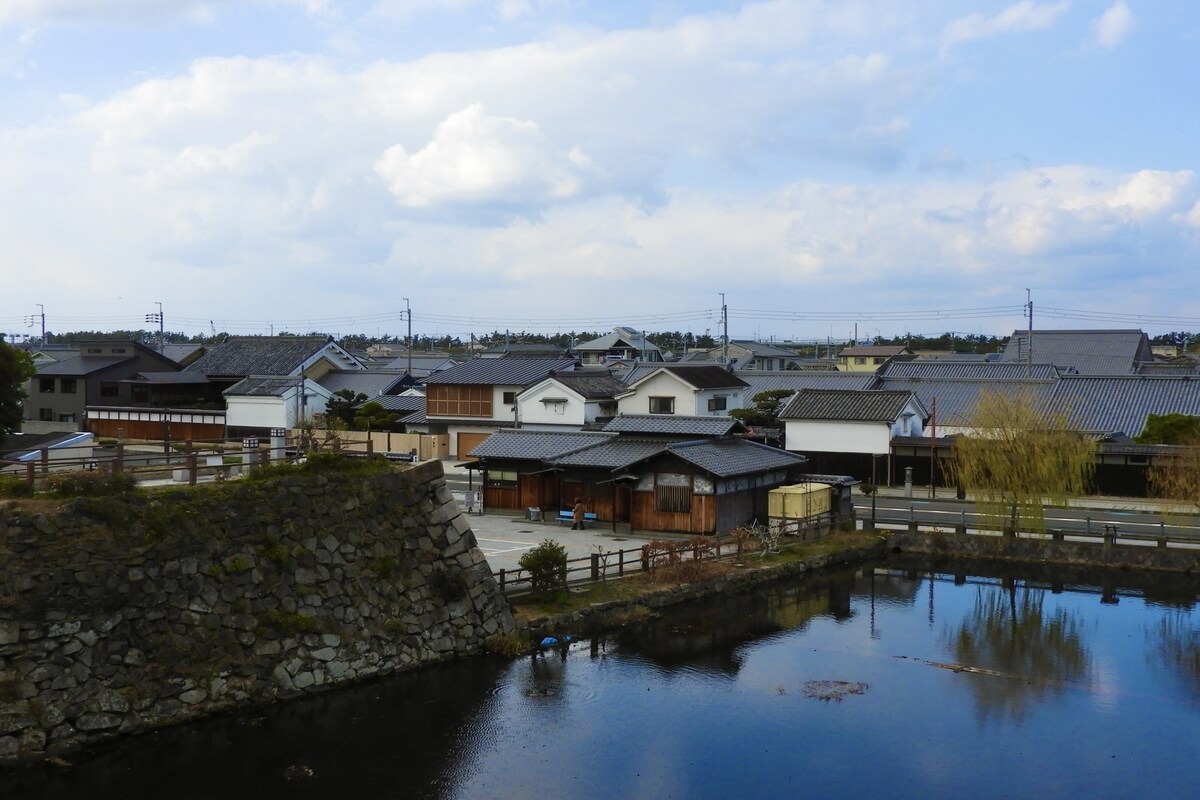
Kishiwada City is located in the southern part of Osaka Prefecture. It is located only 15 minutes by car from Kansai International Airport (KIX), the international gateway to western Japan.
The city flourished as a castle town in the old days, and even today there are many historical streets and buildings in the city, where tradition and history are still alive. One of its representative festivals is the Danjiri Festival held in September.
Since the modern era, the city has developed as a spinning and weaving industrial city, and industries such as metals and machinery and equipment have flourished.
Surrounded by mountains and the sea, the city is rich in natural resources, and its abundance of marine and agricultural products makes it a very appealing place to live and eat.
History of Kishiwada City
When was Kishiwada born in the first place? Let us unravel its history.
The construction of Kishiwada Castle was the beginning of Kishiwada
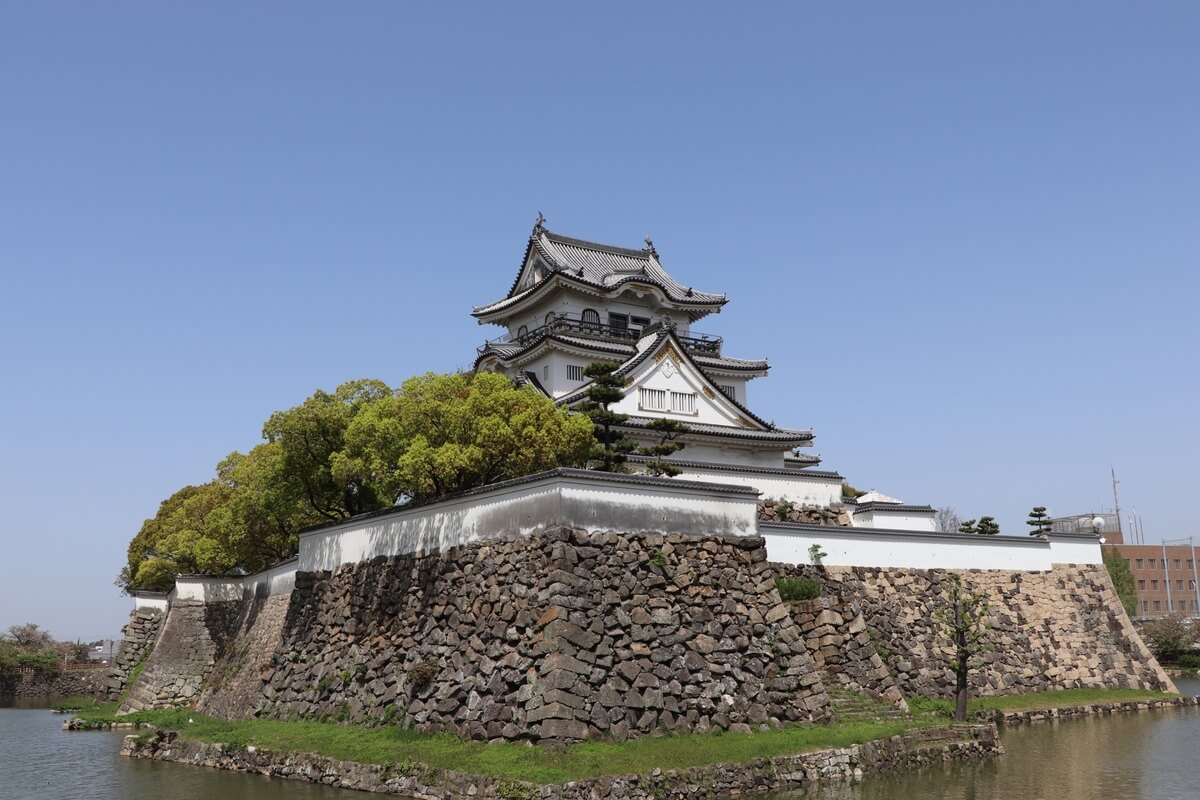
Kishiwada Castle is an essential part of the story of Kishiwada’s beginnings. The area where Kishiwada Castle is located today was called “Kishi” in ancient times, and in 1334, Wada Takaie, a member of Kusunoki Masanari’s family, built a castle here and called it “Kishi no Wada-dono.” It is said that the name “Kishiwada” was derived from this name.
Toyotomi Hideyoshi, who began building Osaka Castle, made his uncle Koide Hidemasa the lord of Kishiwada Castle in 1585, and built a five-story castle tower. It was also an important base that served as the southern defense of Osaka Castle, indicating that it was a place with deep ties to Osaka Castle and Toyotomi Hideyoshi, which is filled with historical romance!
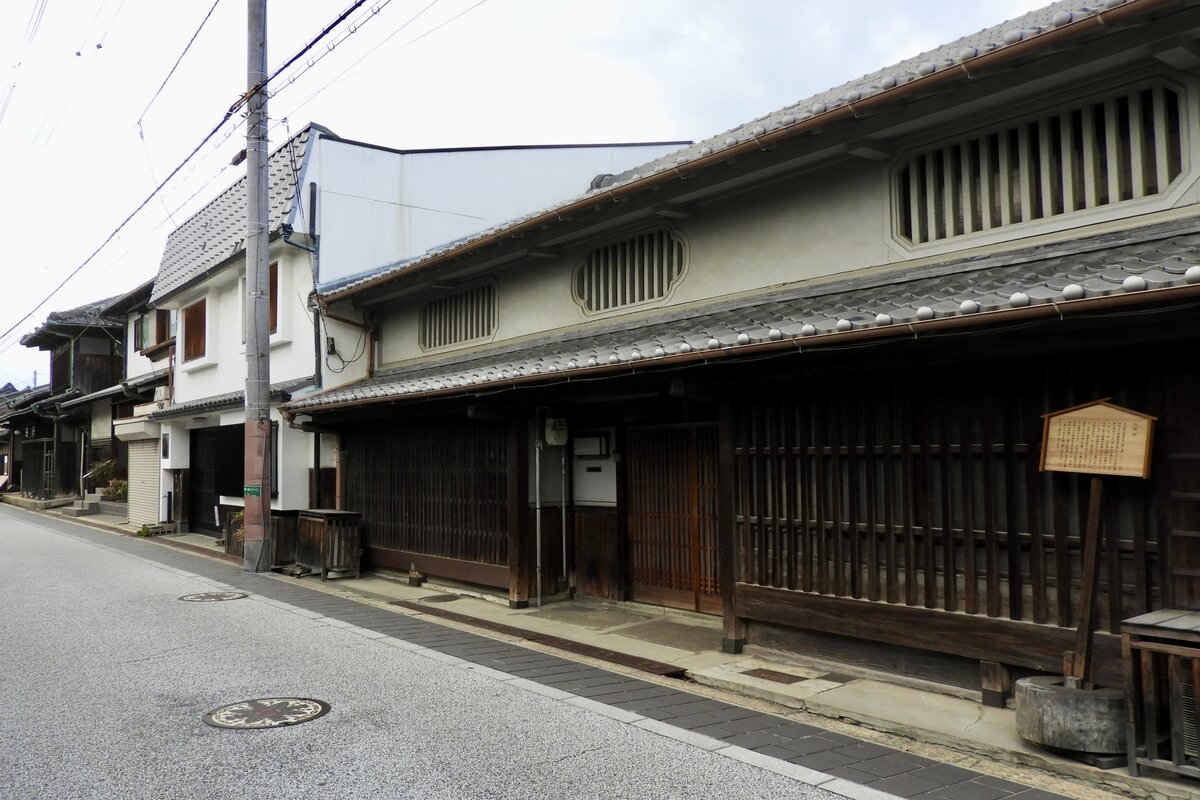
During the Edo period (1603-1867), the Kishu Kaido was developed as a trade route between Osaka and Wakayama, and since it passed under Kishiwada Castle, the town prospered as a castle town. The tasteful streets still remain today, and visitors can enjoy the typical Japanese scenery.
One of the largest Danjiri festivals in Japan
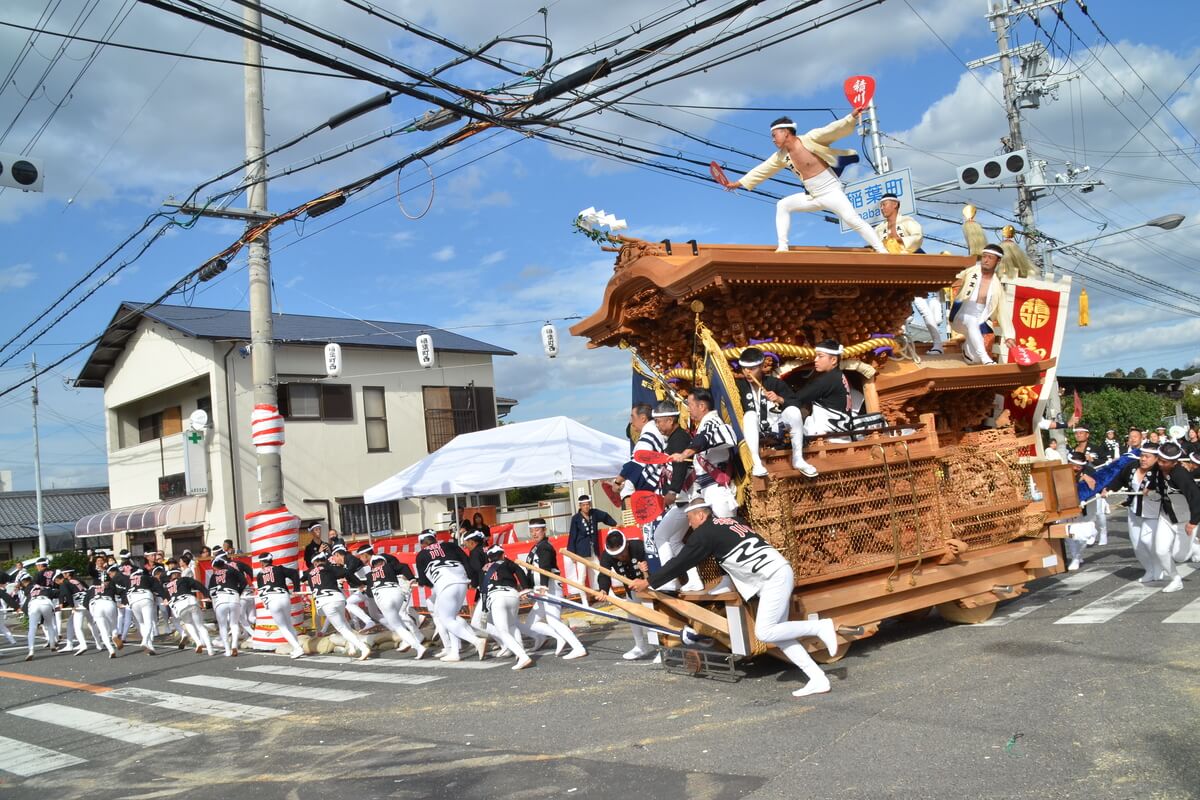
Photo courtesy of Kishiwada City
The Danjiri Matsuri Festival [A festival in which people, plants, trees, birds, animals, and other decorations are placed on a wheeled cart, which is then pulled along by a procession of people who perform hayashi (a traditional form of Japanese festival music)] is one of Kishiwada’s most representative festivals.
The festival is said to have originated in 1703, when Okabe Nagayasu, lord of the Kishiwada domain, prayed for a Bountiful harvest (a wish for abundant crops).
When the festival started as a castle town festival, it was a small and light “Hiki-danjiri,” but it gradually evolved into a larger and more splendid one. At the same time, danjiris were also displayed at festivals not only in the castle town but also in villages, and even spread to other areas such as Kaizuka City and Izumi City, which are adjacent to Kishiwada City.
Kishiwada has become a sacred place for the Danjiri Festival, which has become one of Japan’s representative festivals!
Recommended sightseeing in Kishiwada
Kishiwada Danjiri Festival

Photo courtesy of Kishiwada City
The Kishiwada Danjiri Festival, born in Kishiwada and boasting a 300-year history, is the largest Danjiri festival in Japan. The festival is held twice a year, in September and October, with the Danjiri being brought out on the Hamate(beach) side for the September festival and on the Yamate(hilly) side for the October festival.
Particularly in the Danjiri held in September, the “Danjiri” is pulled so wildly that it overwhelms those who see it. The biggest highlight of the festival is the “yarimawashi,” in which 400 to 1,000 men pull the danjiri, which has a maximum weight of over 4 tons, on two ropes and turn corners at breakneck speed!
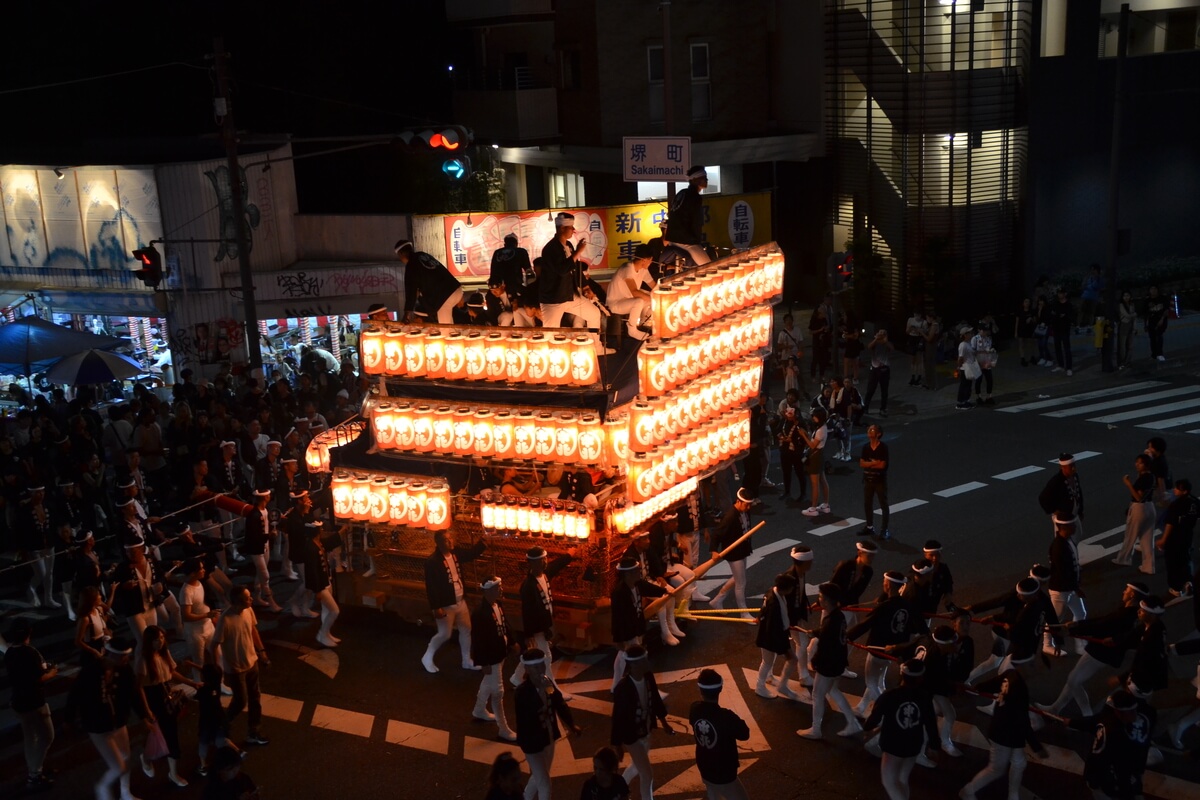
Photo courtesy of Kishiwada City
At night, the danjiri are decorated with lanterns and parade slowly through the city, offering a different experience from day to night.
[Dates for 2024].
Saturday, September 14 and Sunday, September 15, 6:00 a.m. – 10:00 p.m.
Saturday, October 12, 6:00 a.m. – 10:00 p.m.
October 13 (Sun.) 7:00 a.m. – 10:00 p.m. *Vary according to each region.
Click here for the official website:
https://www.city.kishiwada.osaka.jp/site/danjiri/
Kishiwada Castle
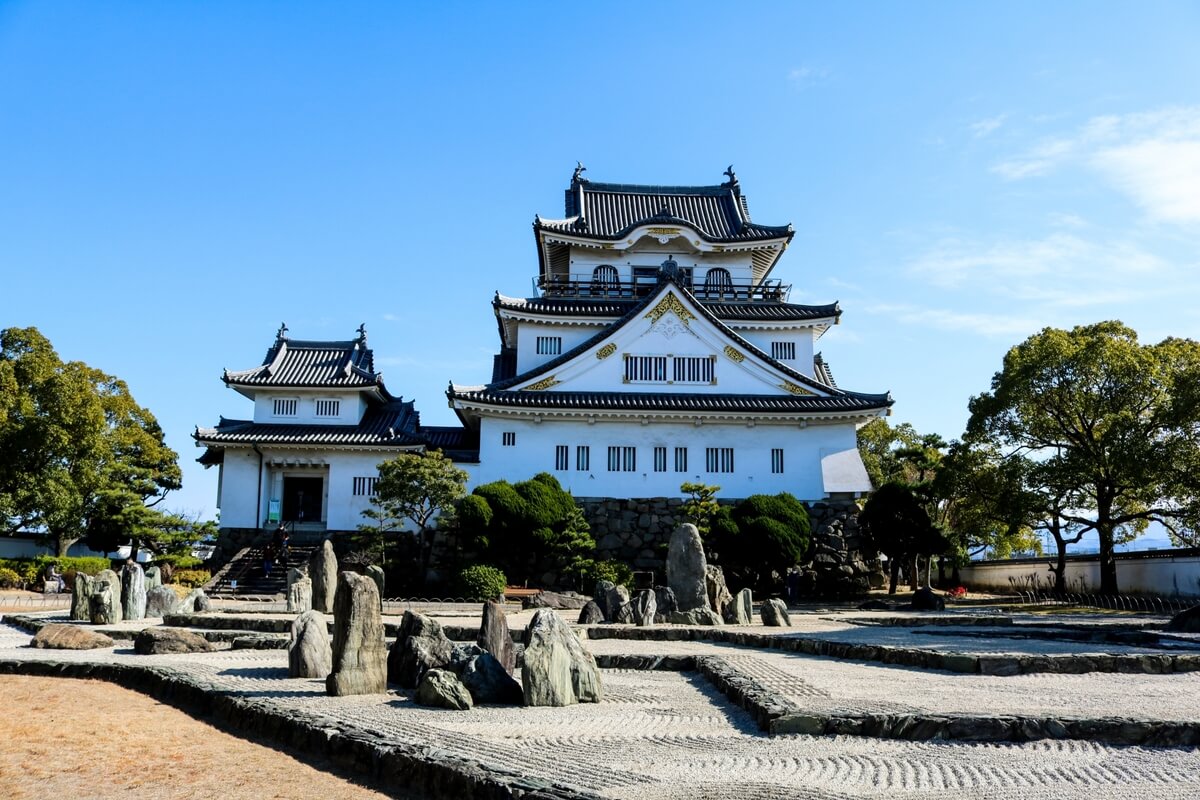
A representative historical structure of Kishiwada, the castle was built in 1334 and the keep was constructed in 1585. The original five-story castle tower was destroyed by lightning in 1827, and the current tower was built in 1954 with three stories and three floors. Only the moat and stonewalls remain.
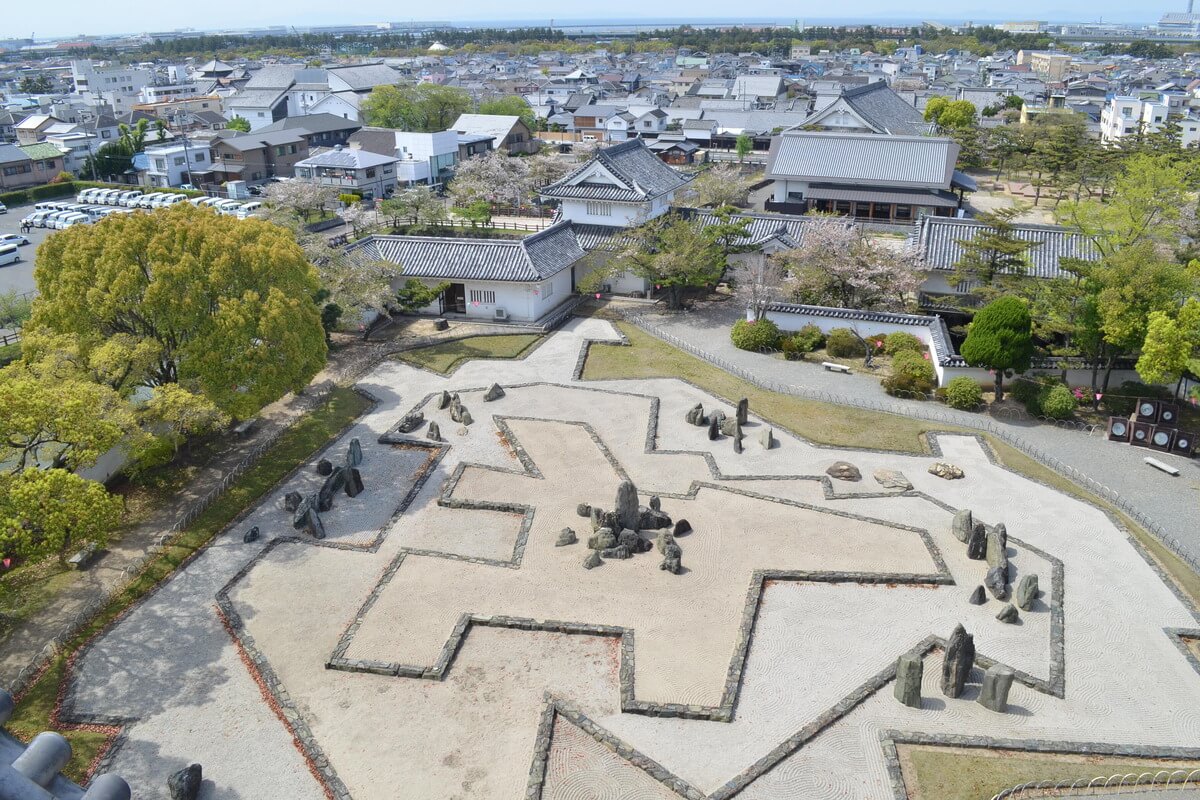
Photo courtesy of Kishiwada City
The highlight is the “Kishiwada Castle Garden: Hachijin no Niwa.” The garden was designed by Mirei Shigemori, one of the most famous gardeners of the Showa period (1926-1989), and is designated as a national cultural property. The modern garden landscape, which is an original modern art, can be viewed from the castle tower.
Gofuso
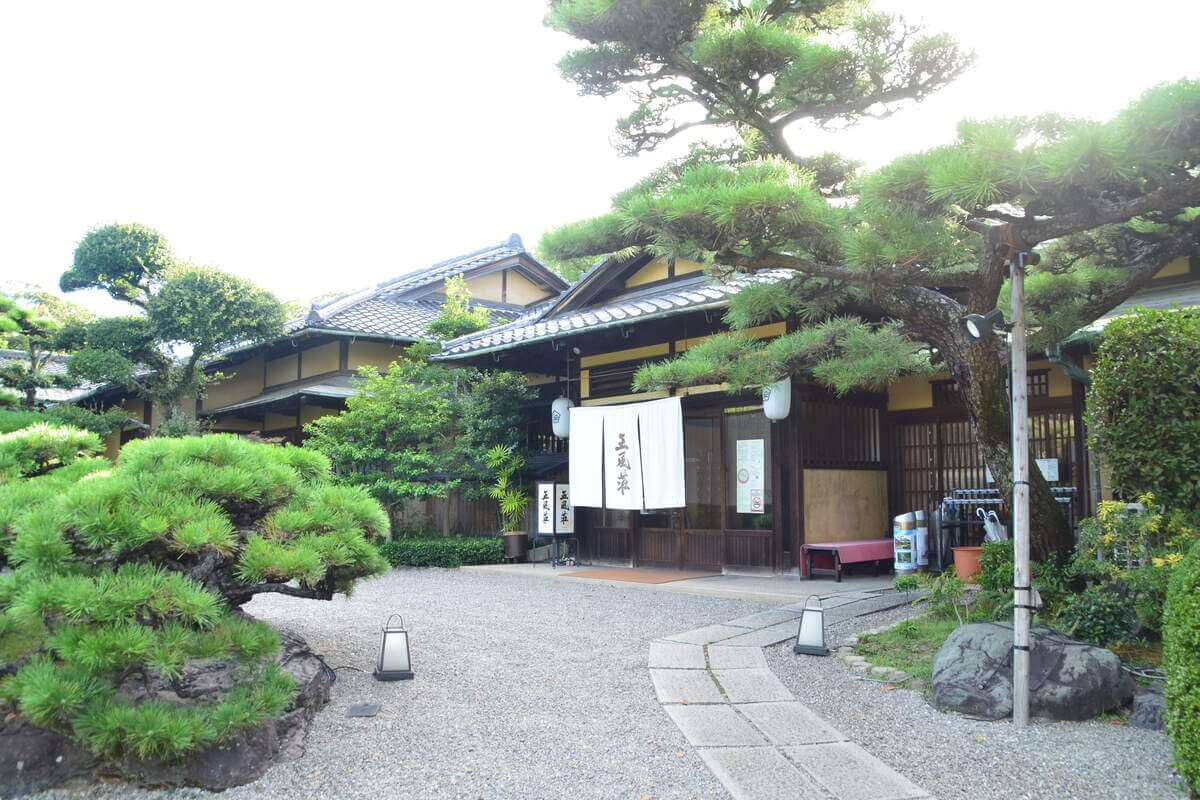
Photo courtesy of Kishiwada City
This modern Japanese-style building with a circular Japanese garden is located next to the moat of Kishiwada Castle (south side). The main building and three teahouses overlooking the garden are located on the site of the former teahouse of Kishiwada Castle in the early Showa period (1926 – 1945). Today, it is used as a Japanese restaurant, Kishiwada Gofuso, where you can enjoy authentic cuisine using seasonal ingredients. It is a perfect spot to spend an elegant moment while enjoying the view of the Japanese garden.
Daiitokuuji Temple
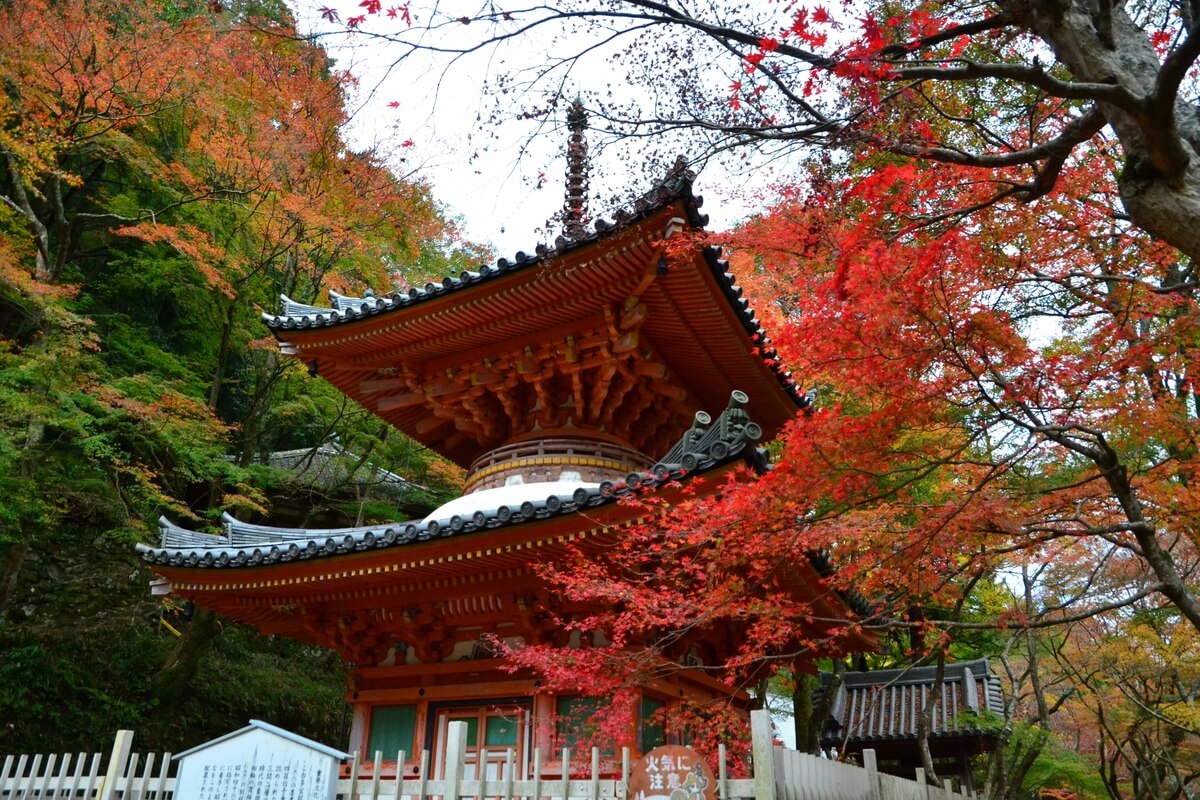
This mountain temple is located on Mt. Ushitaki, a popular spot for viewing the autumn leaves. Although it is currently a Tendai sect temple, it used to be both a Shingon and Tendai sect temple until modern times. The Taho-to (pagoda) on the temple grounds was built in the Muromachi period (1336-1573) and is designated as an important cultural property of Japan.
In the fall, visitors can enjoy the beautiful sight of the pagoda and the vivid vermilion of the autumn leaves. Ushitaki Mountain is also dotted with waterfalls of various sizes, making it an ideal hiking course for visiting waterfalls.
Recommended souvenirs in Kishiwada
Festival Costume
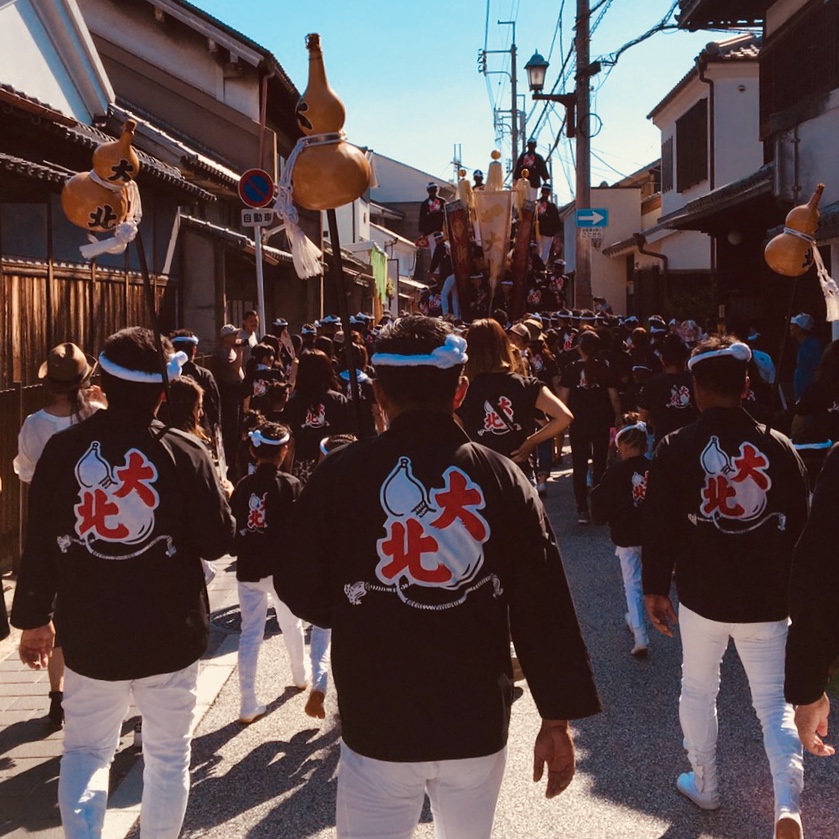
A souvenir unique to Kishiwada, the sacred land of the Danjiri Festival, is a festival costume! An indispensable item for those who participate in the Danjiri Festival is a Matahiki (pants worn during the festival). Kishiwada-style Matahiki are made of stretchy fabric that can handle strenuous movement, and are certified as a Kishiwada brand (products that have “Kishiwada-ness” and meet certain standards as excellent products).
In Kishiwada City, there are stores specializing in festival costumes such as Happi coats (coat-like garments worn during festivals) and tabi socks (socks worn during festivals and when wearing kimono).
Japanese sweets
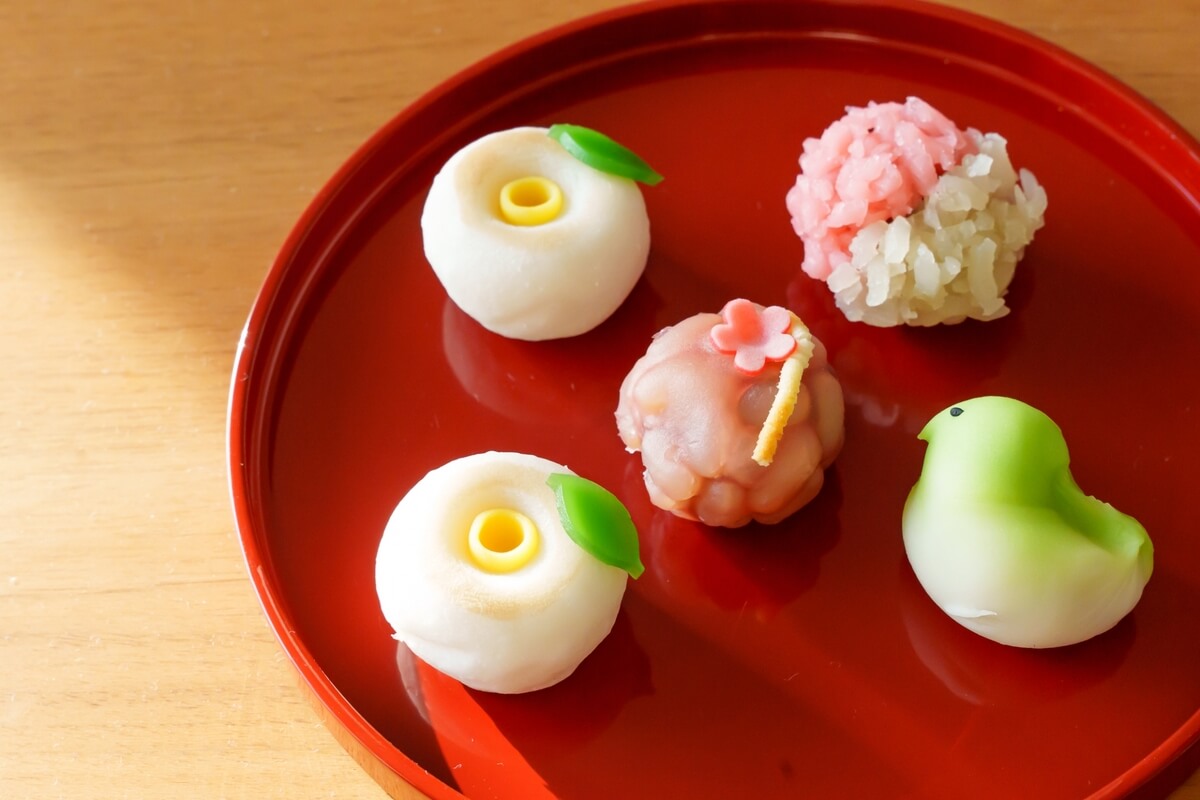
*This picture is just a sample.
Wagashi is one of the most popular sweets in Japan. It is said that in castle towns, the wagashi culture flourished and unique wagashi sweets were born. In the castle town of Kishiwada, too, wagashi has long been loved. Even today, there are many wagashi shops scattered throughout Kishiwada, and some of them have been in business for more than 100 years!
In addition to the standard Nerikiri (elegant and artistic fresh confections made with kneaded bean paste or white bean paste) and Daifuku (sweet bean paste wrapped in dough made from glutinous rice or glutinous rice flour), each store offers its own original and creative wagashi. In particular, wagashi with a Danjiri Matsuri festival motif are recommended as a unique Kishiwada souvenir.
Kishiwada retains its beautiful castle townscape and is home to the Danjiri Festival and Japanese sweets culture. It is the closest castle town to Kansai International Airport, the air gateway to the Kansai region. Those who wish to enjoy the castle, Japanese gardens, and other aspects of Japan should definitely visit!
Access information to Kishiwada
Access by train
[Kishiwada Station, Nankai Main Line]
approx. 30 minutes from Namba Station by express train, approx. 20 minutes from Kansai Airport Station by express train, and approx. 45 minutes from Wakayama City Station by express train.
[Higashi Kishiwada Station, JR Hanwa Line]
approx. 30 minutes from Tennoji Station by rapid train, approx. 20 minutes from Kansai Airport Station by rapid train, and approx. 40 minutes from Wakayama Station by rapid train.
Access by car or taxi
[Kishiwadaminami IC, Hanshin Expressway]
approx. 30 minutes from central Osaka, approx. 10 minutes from Kansai Airport, approx. 40 minutes from Wakayama
[Kishiwada Izumi IC, Hanwa Expressway]
approx. 30 minutes from central Osaka, approx. 45 minutes from Nara, approx. 35 minutes from Wakayama
